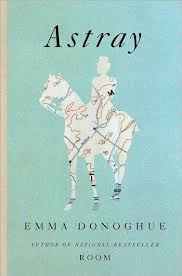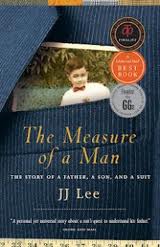David
Byrne
Once
upon a time, music was just a part of our day-to-day experience as human
beings. It accompanied births, deaths, work, and play. No big deal. But in the
modern world, the pre-eminence of the “expert” has meant that most people see
music as something only professionals are qualified to do. As a result, the
perception of what it means to be a musician has become divorced from the
reality. The notion that “making it” is something to which all musicians aspire
is pervasive. Many consider fame the ultimate validation, the end to which one
works. The myth of the artist fuels what I call the “exploitainment” phenomenon
(American Idol and other
competition-based shows). These kinds of shows exploit people’s desire for fame
and in doing so demean art’s meaning in society. Art is best when it’s part of
our daily lives. This is its magic. But sadly, like so much else, it has become
commodified, packaged, and valued only by its economic worth.
Although
he’s technically famous, it’s safe to say that David Byrne’s career has
genuinely been about the music: exploring it, exploding it, arguably exploiting
it, pushing it, and breaking it. His years with Talking Heads produced some of
the most ground-breaking and influential music of the era. As such, I thought
it was pretty fitting for Byrne to write a book called How Music Works. I’ve always been a fan of Byrne
and especially his work with Brian Eno (more specifically, that pioneering work
of “found-sound-loop funk,” My Life in the Bush of Ghosts). He’s as much an expert as anyone else of his calibre
and, having delved into the written word in previous books, has an easy and
clear way with words. There are autobiographical elements to How Music Works, but his Talking Heads
anecdotes and name-dropping serve to support his explanations and arguments.
It’s a nice balance, a little glimpse into his experiences as a famous musician
but without the hubris that accompanies so many other late-career
autobiographies.
Byrne’s
basic premise in How Music Works is
that where and how you hear music affects what you hear. It’s simple really.
Would hearing a punk band at Roy Thomson Hall change your perception of that
music? Would hearing the TSO at Sneaky Dee’s do the same? The answer is
probably yes.
But
this idea has even more significance as we move into the digital age, when
music is more and more transient, ubiquitous, and, from an economic
perspective, verging on worthless. How does the way we interact with music,
from MP3s to YouTube, affect how we hear it? Has the digital world changed
music itself? These are some of the questions Byrne explores. And this is why I
want every non-musician I know to read it.
For
those who have bought the romanticized notions of what being a musician is
like, this book is a myth-buster. Chapters on the often grim financial
realities of making a recording (with pie-charts!), on the various, mostly
exploitative, royalty agreements available, and on “How to Make a Scene” (from
which Guelph could take a few pointers) make the book an invaluable document of
the state of music in the modern, post-industrial world. Most important,
though, is the chapter “Amateurs!” In it, Byrne reminds us that it’s OK to be
bad at something—that the creative act’s real value comes from the doing, not
the selling. The creative process and the gratification that comes from it are
the unquantifiable things that really add value to our lives. Call it
amateurism, call it local activism, call it the social economy. Whatever it is,
it is not a new idea but it is a welcome one.
Besides
being an enjoyable read, the book is important for making a very timely point:
while many (including myself) lament the deterioration of the music industry as
we knew it, we are now entering a period when all bets are off. But this
doesn’t have to be a bad thing. Professionals are now on an equal footing with
amateurs. A good song can be heard by millions in minutes. This levelling of the
playing field seems to hearken back to a time when music was not just something
we consumed. It was part of our daily rituals, part of our lives, like the food
we eat and the water we drink. And like those staples, we cannot live without
it. People may bemoan the death of the music industry, but we can all rest
assured we will never need to discuss the death of music.


















